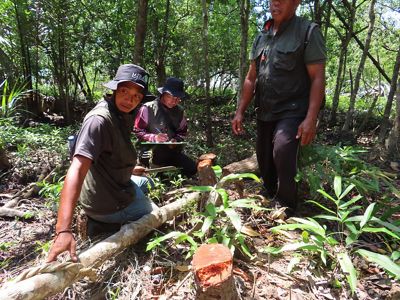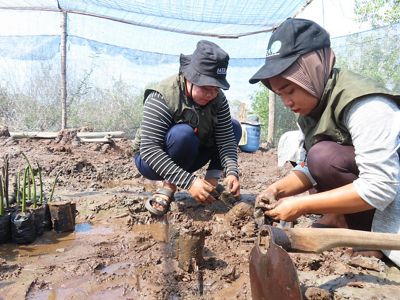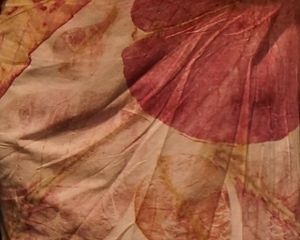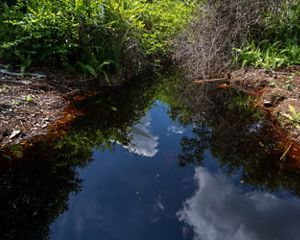Various findings from national and global research and environmental institutions report that restoration activities solely based on planting methods have a relatively high risk of failure. Restoration efforts critically require the involvement and active role of the local community. In the world of mangrove restoration, this concept is known as Community-Based Ecological Mangrove Restoration (CBEMR).
Read: Why Orangutans?
Through this approach, local communities are positioned as critical actors. They are engaged from the outset of the program, starting with problem identification, formulating solutions, and being allowed to lead activities and make decisions. This scheme also enhances the capacity of local communities to learn how to rehabilitate, care for, and sustainably manage mangrove forests in their vicinity.

YKAN undertakes one example of CBEMR implementation in Teluk Pambang Village, Bengkalis District, Riau Province. Teluk Pambang Village hosts one of the largest mangrove areas on Bengkalis Island, covering 951 hectares of mangrove forests.
Beyond physical interventions, YKAN also assists in securing management permits for the mangrove forest area in Teluk Pambang Village. Previously classified as a Limited Production Forest (HPT), the mangrove forest in the village is currently vulnerable to exploitation and land conversion.
To secure it, YKAN collaborates with the Teluk Pambang Village Government to designate the mangrove forest area under the Village Forest Management Agency (LPHD). Under the Village Forest scheme, the LPHD of Teluk Pambang Village proposes a 1,000-hectare area dominated by mangroves to obtain Social Forestry permits. Through the Village Forest scheme, the LPHD of Teluk Pambang Village proposes a protected zone (800 ha) and a utilization zone (200 ha).
The active role of village mangrove groups in restoration activities has made a significant difference. Maintaining mangroves in Teluk Pambang Village is now not just the responsibility of a few individuals but a shared responsibility among ten village mangrove groups comprising approximately 100 members.







